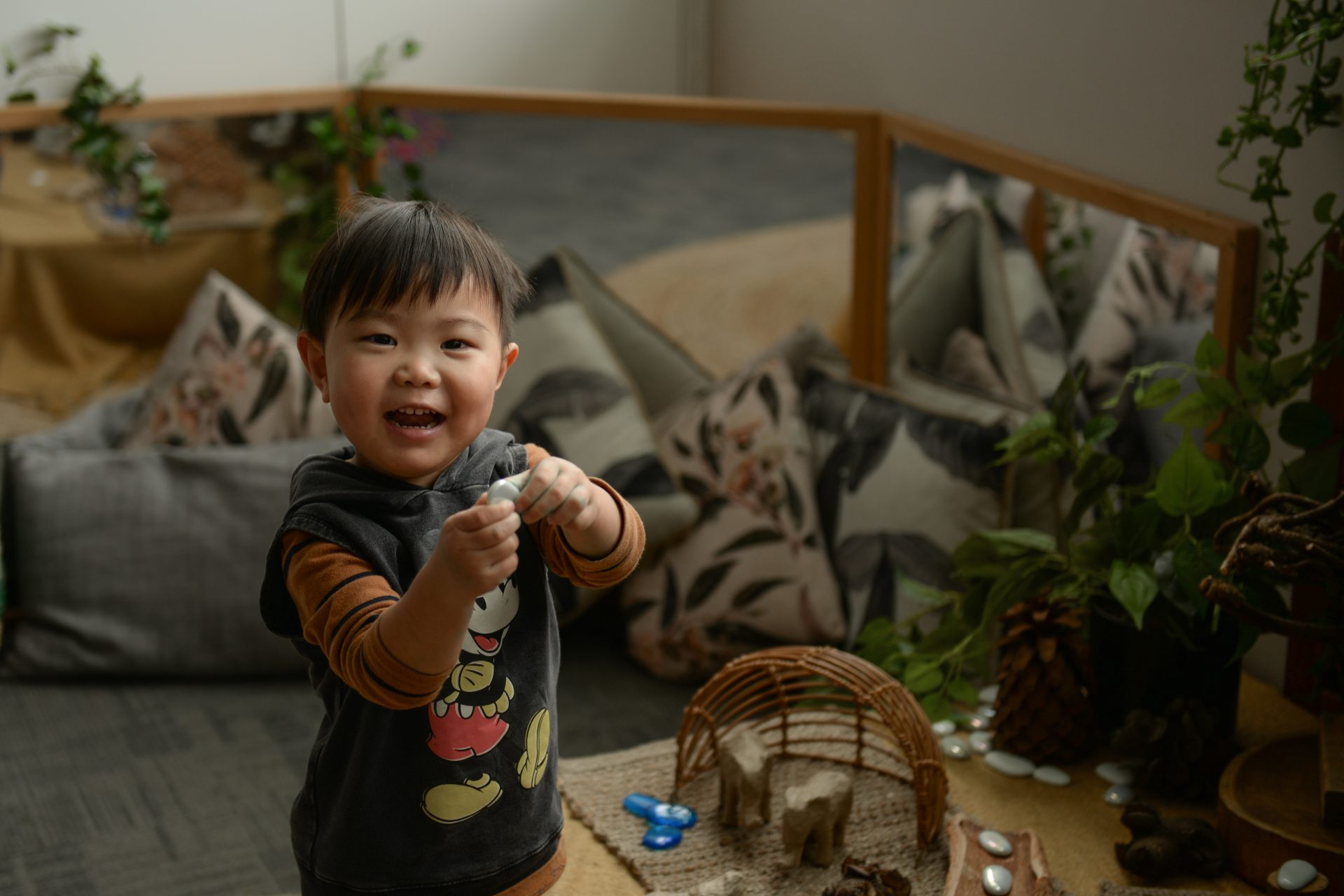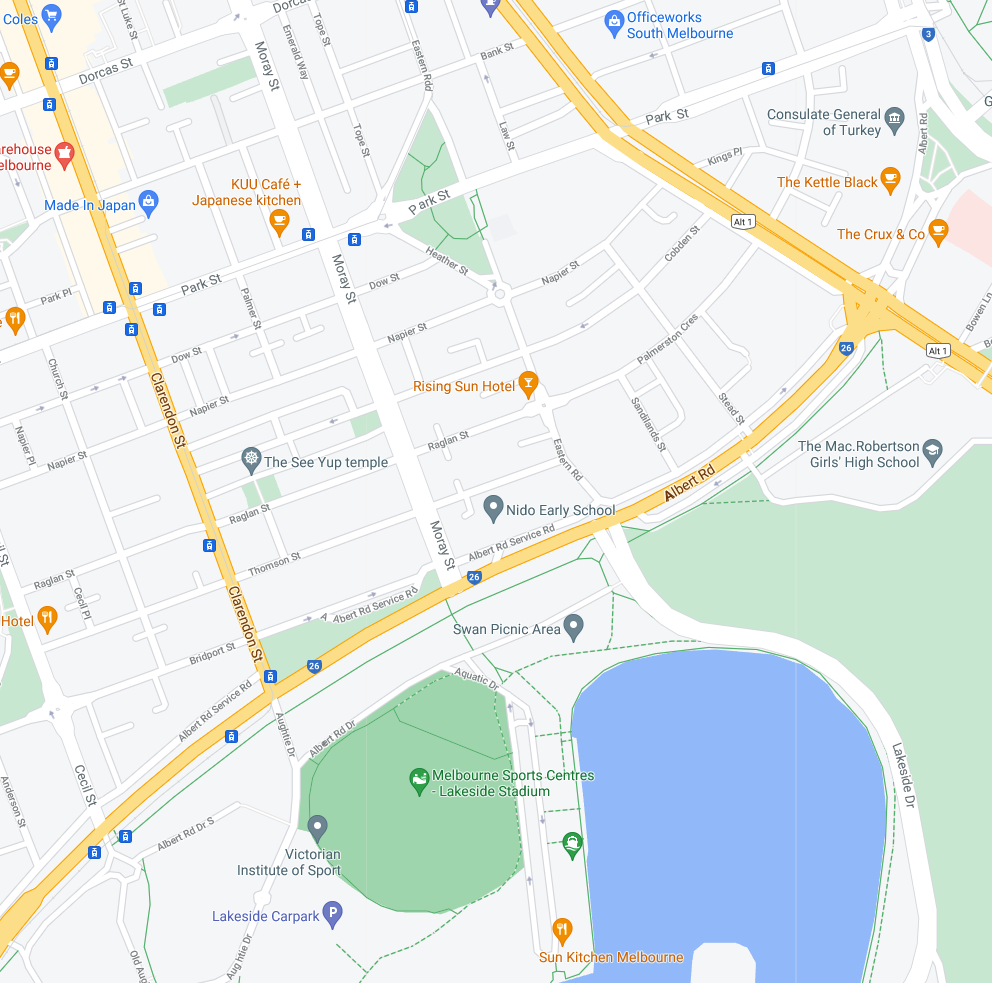
The Italian founder of the Reggio Emilia approach to early education, Loris Malaguzzi, penned a poem called ‘The 100 Languages of Children’ which has become synonymous with his innovative, inclusive child-centred pedagogy.
But what does he mean by a child having 100 languages?
By ‘languages’, Malaguzzi means the myriad ways that children express themselves. He means all the different modalities that children use to convey their ideas, experiences and emotions and the myriad ways they make sense of the world.
He’s not talking about language in conventional terms, but rather in a metaphorical sense. The ‘languages’ and the number ‘100’ are symbolic and they represent each child’s uniqueness and each one’s powerful potential and infinite creativity.
This verse of the poem illustrates how the Reggio Emilia celebrates the uniqueness of each child:
The child is made of one hundred.
The child has a hundred languages
a hundred hands
a hundred thoughts
a hundred ways of thinking
of playing, of speaking.
A hundred…
A basic understanding of the Reggio Emilia approach helps to clarify the concept of these ‘100 languages’.
How would you describe the Reggio Emilia approach?
The principle of Reggio Emilia is basically that the child constructs their own learning. Each child’s innate curiosity inspires them to follow paths of enquiry based on their own interests.
Malaguzzi saw children as explorers and researchers, calling them ‘active constructors of their own intelligence’. Educators, parents and the wider community are seen as co-researchers and collaborators on the child’s educational journey and they construct knowledge together.
The ‘100 languages of children’ explained
Children learn in a variety of ways and they also share their experiences in a variety of ways.
The Reggio Emilia approach believes that children are born with full capabilities for personal and academic development and for building relationships with others. The philosophy also puts communication as the foundation of all learning.
Sensory play is a key feature of Reggio Emilia environments, with the child’s innate sense of wonder leading to infinite possibilities for learning through seeing, hearing, touching, tasting, and smelling the world around them.
Children are encouraged to use their talents, their creative energy, their enquiring minds and all the tools at their disposal to explore, discover, learn, grow, share and contribute.
Reggio Emilia environments provide sensory-rich experiences which support a lifetime love of learning. Children have access to a variety of stimulating resources and opportunities which support their self-guided exploration, plus they are also strongly encouraged to share their discoveries with other children and the adults around them.
What are some of the ‘100 languages’?
As mentioned earlier, Reggio Emilia puts communication as the foundation of all learning and the ‘languages’ are children’s modes of expression.
When a child is pursuing a topic of interest or interacting with the world around them and/or with the people around them, they express themselves in a plethora of ways. These ‘languages’ could be anything from traditional verbal communication to dance, movement, pretend play, drawing, sculpting, painting, building structures, reading, writing, taking photographs, using technology, folding paper, threading string - the list is endless.
As children explore ideas and work through problems, they are encouraged to illustrate their understanding using whatever ‘languages’ they feel like using, and also to represent their ideas and their discoveries in a graphic way which can then be displayed around the classroom.
A final thought on the ‘100 languages of children’
Children have a vast potential to creatively express their unique view of the world and in Reggio Emilia-inspired environments, these are referred to as the ‘100 languages’.
The Reggio Emilia Approach emphasises hands-on discovery learning through play and open-ended projects, and each child is encouraged and supported to use all of their senses and all of their languages (or ways of learning) to learn, express themselves creatively and make sense of the world and their place in it.

Tracey is a highly qualified educator and administrator and brings a strong combination of academic achievement, extensive work experience in the education and business sectors as well as drive and passion to her role as General Manager of Operations at Evoke Early Learning.
Tracey has a Master of Education and an Advanced Diploma of Business and holds VIT Dual Registration to teach in Early Childhood and Primary School settings. She’s also a VIT Trained Mentor Teacher and has worked in ECEC settings as a Director, Educational Leader and as a Victorian Senior Area manager. Her recognition as a state finalist in the recent Director of the Year Awards is testament to her achievements in the early education sector.
Her extensive work experience also included a stint as Head of Curriculum at the Royal Children’s Hospital Education Institute and positions as head of ICT at a number of large primary and secondary schools. Tracey is also experienced in not-for-profit sessional kindergarten settings and long daycare environments, so she has a deep understanding of what’s required to support the needs and expectations of young children, educators, parents and caregivers.
Tracey is responsible for operational management at Evoke Early Learning’s Clayton centre in Oakleigh East and their Albert Park centre in South Melbourne and is deeply committed to leading and driving effective and sustainable service delivery throughout the company.
Tracey is passionate about making a meaningful difference to young children, their parents and the wider community and under her expert guidance, Evoke Early Learning is continuing to raise the bar in quality early education and childcare.


